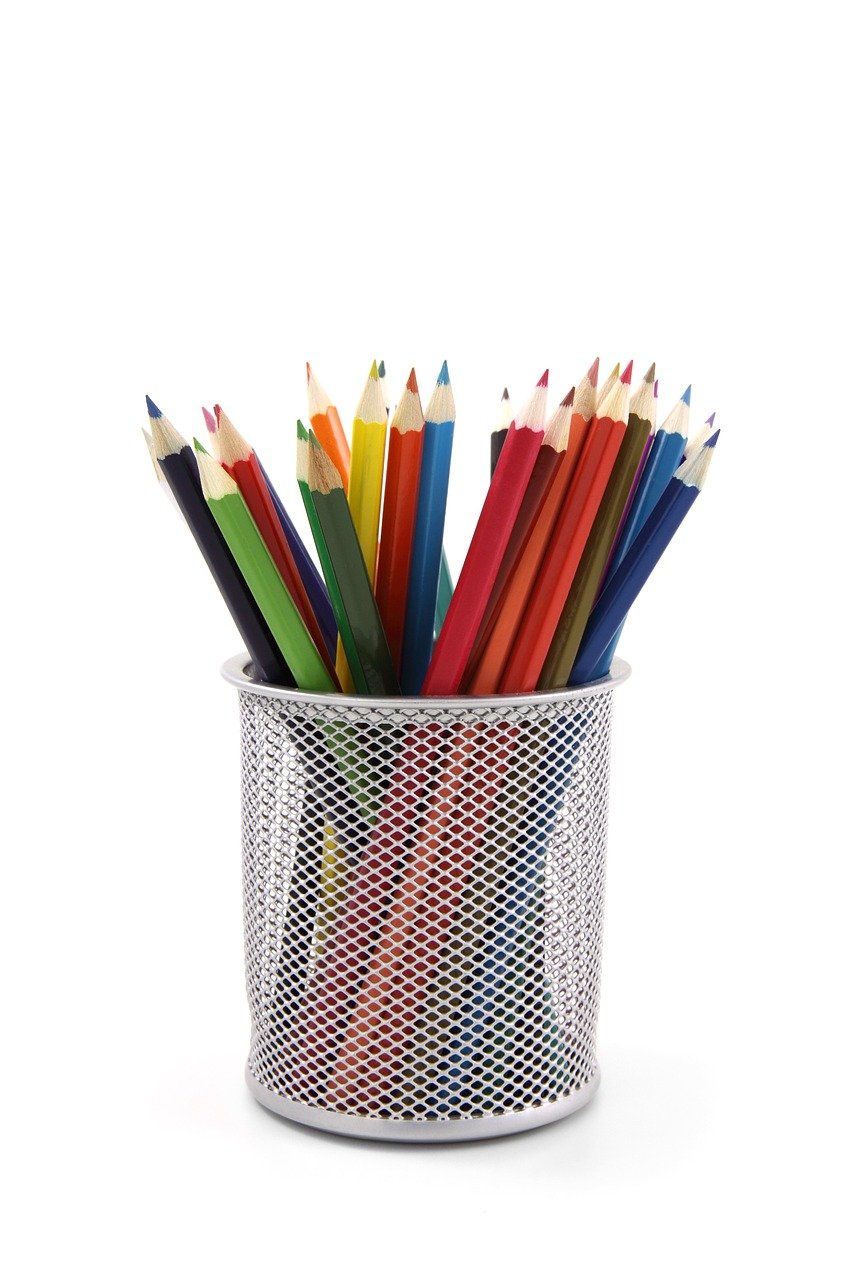5 Considerations for Designing Educational Spaces for Success
This post is co-authored with Tammy Musiowsky-Borneman of Plan Z Professional Learning Services.
At any point during a school year, teachers can make necessary changes in their classroom spaces. This could be when a new student joins or leaves the group, maybe new furniture has arrived, or perhaps the teacher just needs to change things up for their learners. For successful teaching and learning experiences in the physical classroom space, the space must be clutter-free (Marshfields) and student-centered for increased creativity and decreased unnecessary stimulation. In this blog post, we'll explore how to purposefully design your classroom space to foster student engagement, agency, and ownership, while also ensuring efficiency and productivity.
1. Triple P Framework: Purpose, Priority, Pare Down
Before diving into the nitty-gritty of classroom design, it's essential to adopt a Triple P framework:
Purpose: Begin by defining the purpose of your classroom. Your space communicates what you value. So, consider building in the principles of Universal Design for Learning (UDL), which promote agency and ownership among students. UDL encourages multiple means of engagement, representation, and action & expression, allowing for diverse learning styles and abilities. Ask yourself:
What do you want to achieve with this space?
How will learner agency look?
How will success look for each learner?
Priority: Determine your teaching priorities for a set amount of time such as one quarter or term. Be clear about what matters most to you and your students.
What are the key elements you need to incorporate into your classroom to meet your goals?
How can I support critical thinking and problem solving?
How can I support learner collaboration?
Pare Down: Less can be more. Remove unnecessary physical clutter and distractions from your classroom. An organized and uncluttered space can help students focus and maintain a sense of order.
What items do we use for learning most often?
What items do we only use seasonally or intermittently?
What items do we need quick access to in order to support learning?
2. Student Work Arrangement
Consider how you want your students to work within your classroom space. The arrangement of desks and seating can greatly influence the dynamics of your classroom. Options to consider include:
Partner Work: Arrange desks in pairs to encourage collaboration and peer learning.
Table Groups: Cluster desks into groups to facilitate small-group activities and discussions.
Whole Group: Create a focal point in the room for presentations, or class discussions.
Independent Work: Provide individual workspaces for students who need quiet and focused environments.
3. Built-in Furniture and Storage
Do you have built-in furniture in your classroom? Built-in furniture can maximize space and create a cohesive and functional environment. Consider the following:
Materials Storage: Ensure that materials and resources are stored efficiently. That means, you should be able to see everything in the cabinet. Grouping like materials makes it easier to find and access them. Labeling materials can make them not only easier for the teacher to locate, but also easier for students to access materials effectively and efficiently.
Desk Arrangement: If your classroom includes desks versus tables and chairs, arrange them in a way that promotes a sense of community and encourages collaboration.
4. Minimize Distractions
A cluttered classroom can be a breeding ground for distractions. Keep only what is necessary in the classroom:
Supplies: Store supplies in an organized manner and keep only essential materials readily available. This means, your unit-related items and the things your students use most frequently. Too many supplies scattered around can divert students' attention.
Decorations: Decorate thoughtfully. While a visually appealing classroom can be motivating, excessive decorations can overwhelm students. Choose decorations that align with your teaching objectives and ones that are student-created. See our previous post on how color can actually become clutter.
5. Accessibility and Exploration
Lastly, ensure that your classroom space is accessible for exploration and learning. Thoughtfully chosen resources and community-based materials can enhance the educational experience:
Accessible Resources: Ensure that students have easy access to books, reference materials, and technology. Organize these resources in a way that encourages independent exploration and research.
Community Resources: Collaborate with your school and community to bring in additional resources. Guest speakers, field trips, and partnerships with local organizations can enrich the educational experience.
We have the power to shape the learning environment and influence student engagement, agency, and ownership every day, so every day, make a conscious effort to design your physical classroom space with purpose, prioritize essential elements, and pare down distractions. Create a space that empowers students to work collaboratively or independently, while also ensuring that it remains accessible and conducive to exploration.
There is no one “right” way to design a classroom. Classroom design is intentional and based on the learning experience you seek to create. We are proposing a thoughtful approach to design so that your physical space can be a support in helping you reach your educational objectives and increase student engagement and achievement. The learning environment should support your work, not hinder it. With a well-designed classroom, you can set the stage for a successful academic year and create an environment where both you and your students thrive.


